TLDR: The economy is experiencing its slowest growth in nearly three years, with a projected rate of around 1% for Q1 2025. This slowdown is driven by rising interest rates, persistent inflation, and declining consumer and business spending, raising concerns about potential recession and the need for effective policy responses.
The latest economic analysis suggests that the economy is projected to have expanded at its slowest pace in nearly three years, raising concerns among experts and policymakers alike. This slowdown is attributed to a combination of factors, including rising interest rates and persistent inflation, which has impacted consumer spending and business investments.
According to recent reports, the anticipated growth rate for the first quarter of 2025 is expected to be modest, hovering around 1%. This figure marks a significant decline from previous quarters, where growth rates were more robust. Analysts argue that the combination of tighter monetary policy and ongoing global economic uncertainties has contributed to this weakening performance.
One of the critical drivers behind this slowdown is the Federal Reserve's decision to raise interest rates in an effort to combat inflation. Higher borrowing costs have led to a decrease in both consumer and business spending, creating a ripple effect throughout the economy. As consumers tighten their belts, businesses are also feeling the pinch, leading to reduced investments and hiring.
Moreover, the inflation rate remains a persistent challenge, affecting the purchasing power of households. Despite recent improvements, inflation continues to exert pressure on consumer spending, further complicating the economic landscape. Many households are finding it increasingly difficult to manage their budgets, which in turn influences their spending habits.
Experts are closely monitoring the situation, as the potential for a recession looms on the horizon. While some analysts remain optimistic, suggesting that the economy could rebound in the latter part of the year, others caution that without significant changes in fiscal policy, growth may remain sluggish.
As we look ahead, the focus will likely shift to how policymakers respond to these economic challenges. The balance between controlling inflation and fostering economic growth will be critical in the coming months. Businesses, consumers, and government officials alike will need to navigate this complex landscape to ensure stability and recovery.
In conclusion, the current economic indicators point to a period of uncertainty and caution. With growth rates dwindling, the coming months will be crucial in determining whether the economy can regain its footing amidst these challenges.
Please consider supporting this site, it would mean a lot to us!



